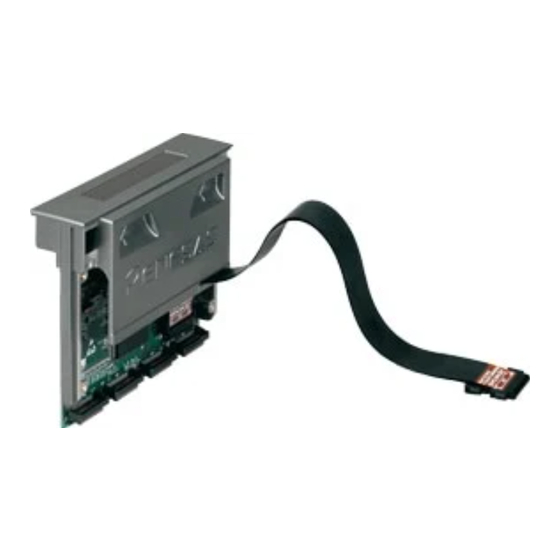
Renesas R0E420000MCU00 Manuals
Manuals and User Guides for Renesas R0E420000MCU00. We have 1 Renesas R0E420000MCU00 manual available for free PDF download: User Manual
Renesas R0E420000MCU00 User Manual (230 pages)
Supported Devices: H8S Family / H8S/Tiny Series
Brand: Renesas
|
Category: Motherboard
|
Size: 4 MB
Table of Contents
Advertisement
